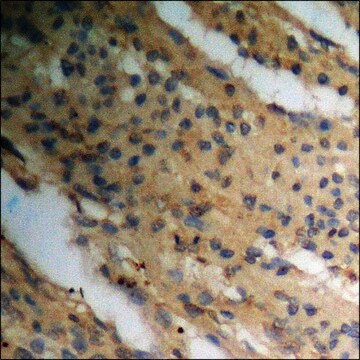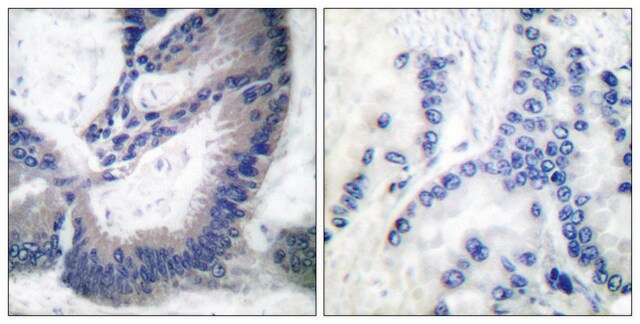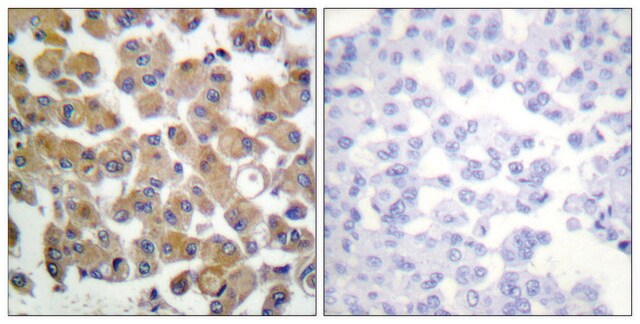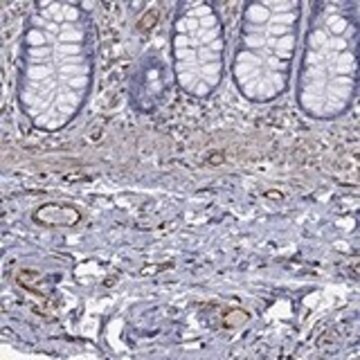SAB4502960
Anti-TGF β Receptor II antibody produced in rabbit
affinity isolated antibody
Sinónimos:
TβR-II, TGF-β receptor type II, TGF-β type II receptor, TGFR-2, Transforming growth factor-β receptor type II
About This Item
Productos recomendados
origen biológico
rabbit
Nivel de calidad
conjugado
unconjugated
forma del anticuerpo
affinity isolated antibody
tipo de anticuerpo
primary antibodies
clon
polyclonal
Formulario
buffered aqueous solution
mol peso
antigen 64 kDa
reactividad de especies
mouse, rat, human
concentración
~1 mg/mL
técnicas
ELISA: 1:20000
western blot: 1:500-1:1000
Nº de acceso NCBI
Nº de acceso UniProt
Condiciones de envío
wet ice
temp. de almacenamiento
−20°C
modificación del objetivo postraduccional
unmodified
Información sobre el gen
human ... TGFBR2(7048)
Descripción general
Transforming growth factor β receptor 2 (TGFBR2) is a serine/threonine protein kinase, that belongs to the TGF β receptor subfamily. It is located on human chromosome 3p24.
Inmunógeno
Immunogen Range: 91-140
Aplicación
Immunohistochemistry (1 paper)
Acciones bioquímicas o fisiológicas
Características y beneficios
Forma física
Cláusula de descargo de responsabilidad
¿No encuentra el producto adecuado?
Pruebe nuestro Herramienta de selección de productos.
Código de clase de almacenamiento
10 - Combustible liquids
Clase de riesgo para el agua (WGK)
nwg
Punto de inflamabilidad (°F)
Not applicable
Punto de inflamabilidad (°C)
Not applicable
Elija entre una de las versiones más recientes:
Certificados de análisis (COA)
¿No ve la versión correcta?
Si necesita una versión concreta, puede buscar un certificado específico por el número de lote.
¿Ya tiene este producto?
Encuentre la documentación para los productos que ha comprado recientemente en la Biblioteca de documentos.
Nuestro equipo de científicos tiene experiencia en todas las áreas de investigación: Ciencias de la vida, Ciencia de los materiales, Síntesis química, Cromatografía, Analítica y muchas otras.
Póngase en contacto con el Servicio técnico








